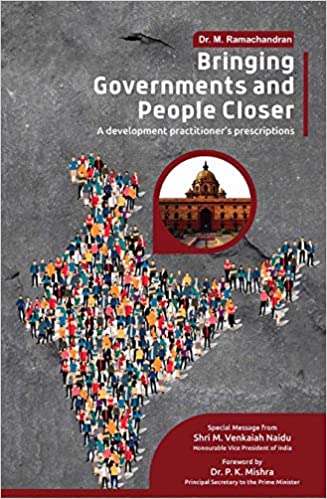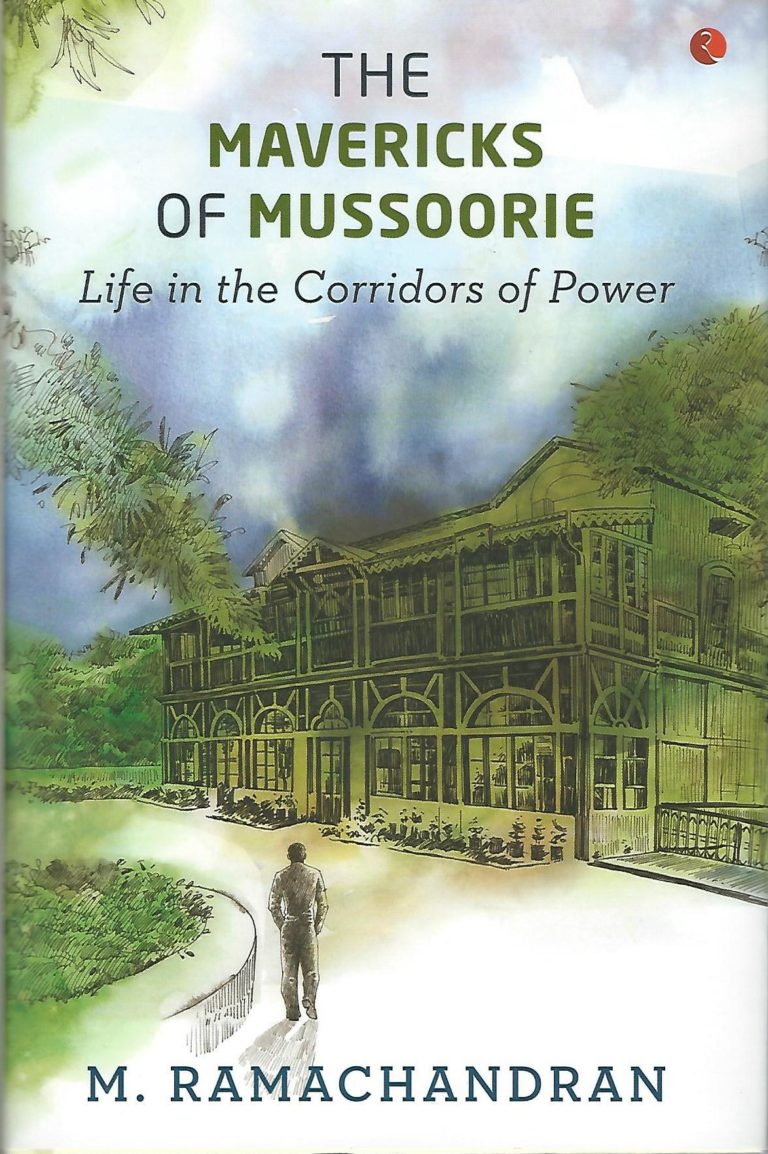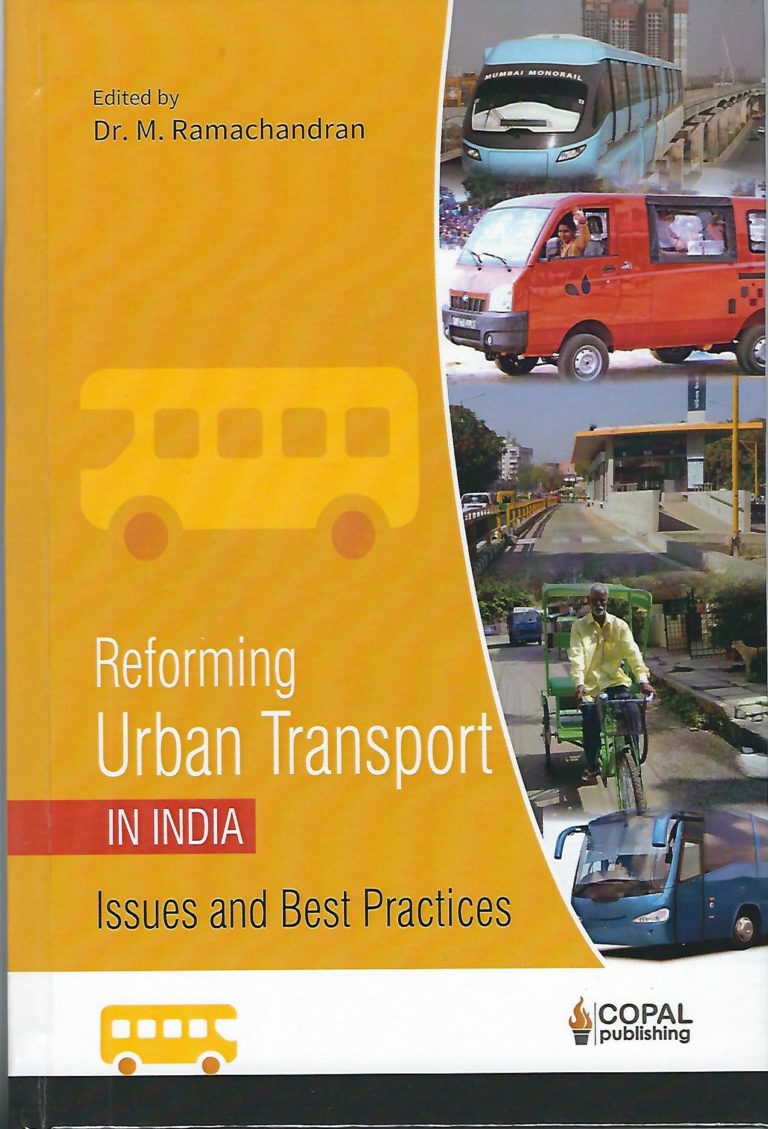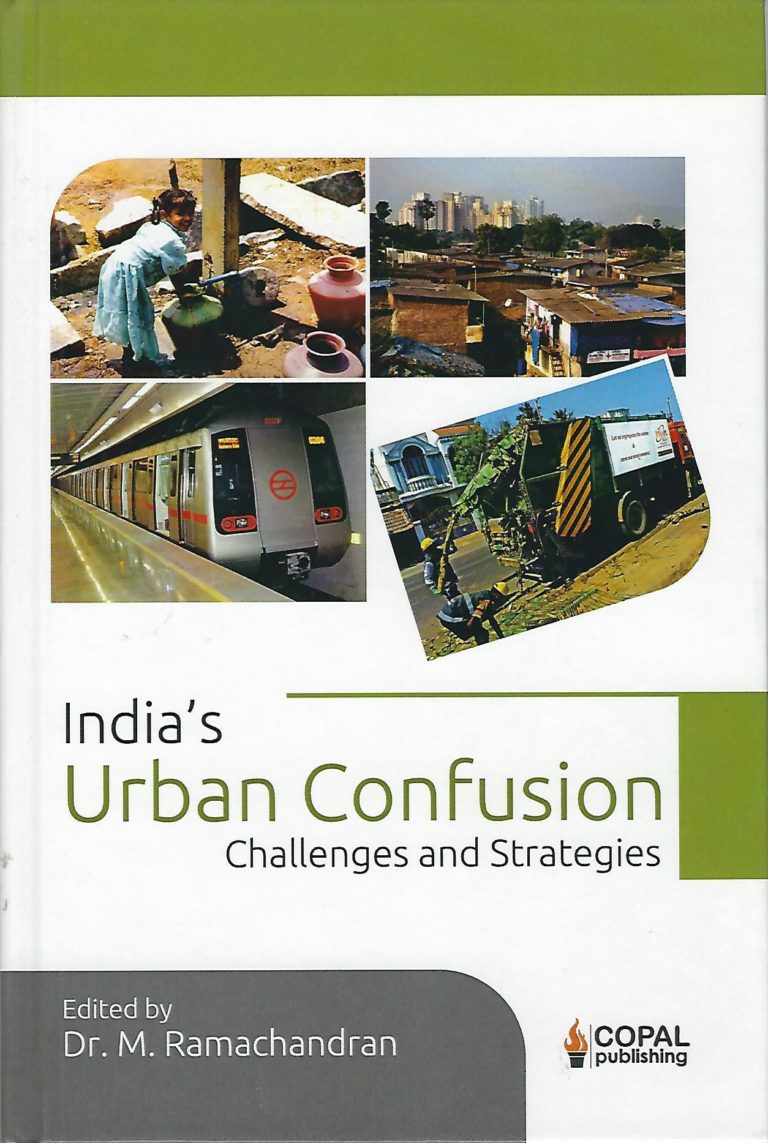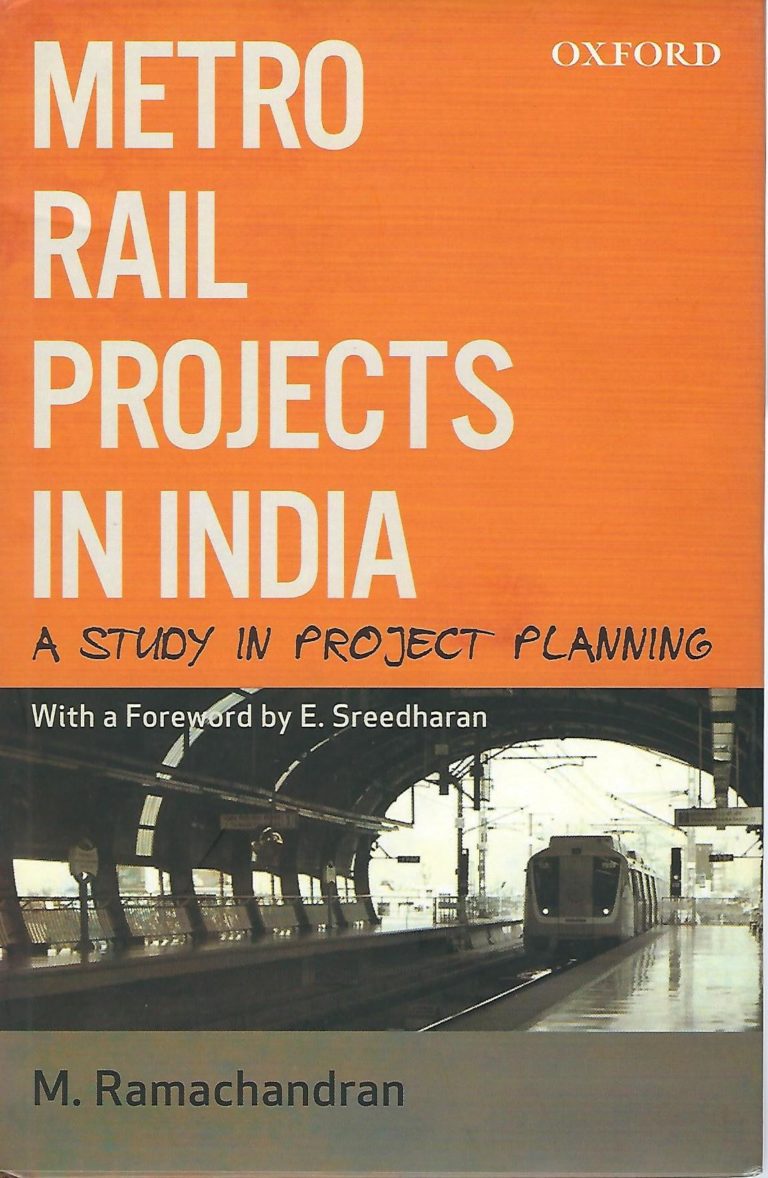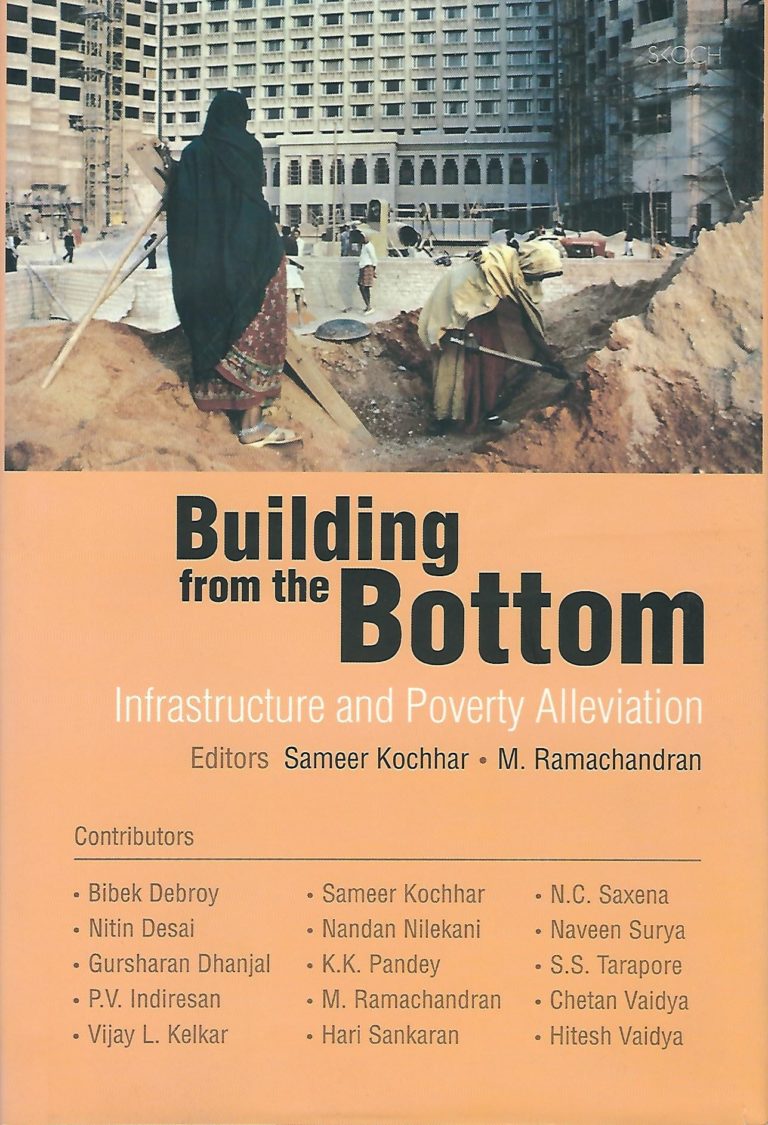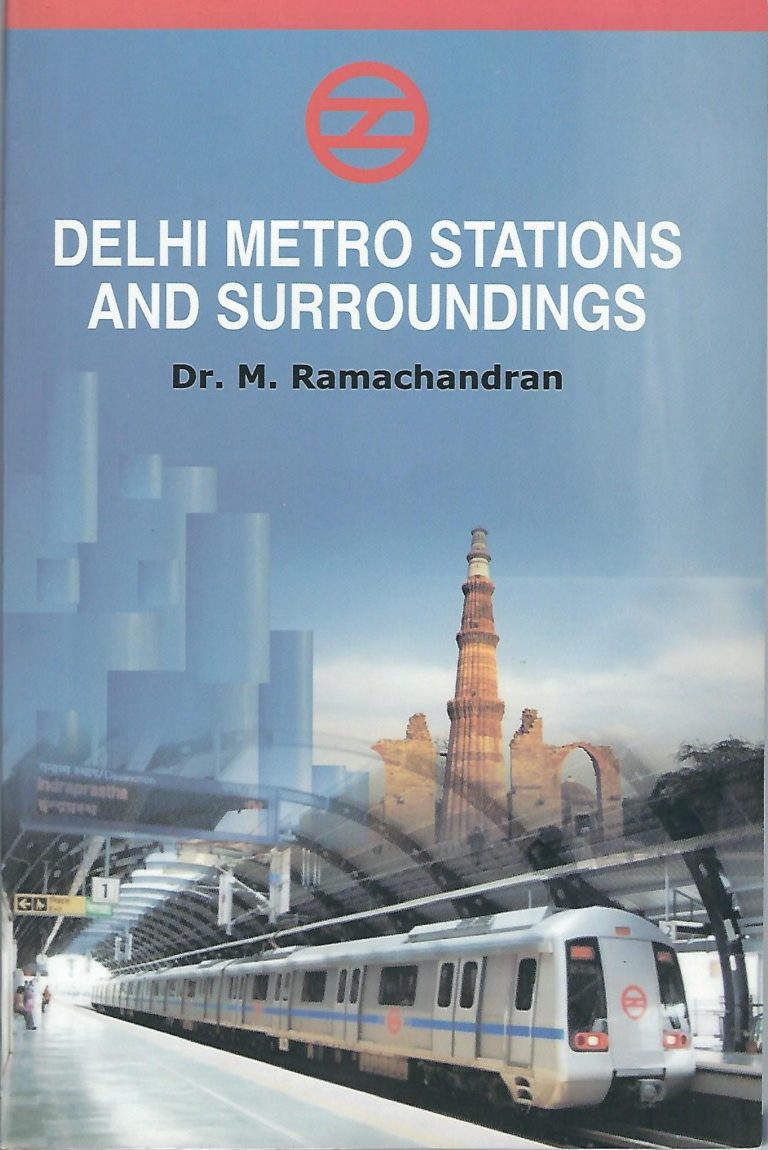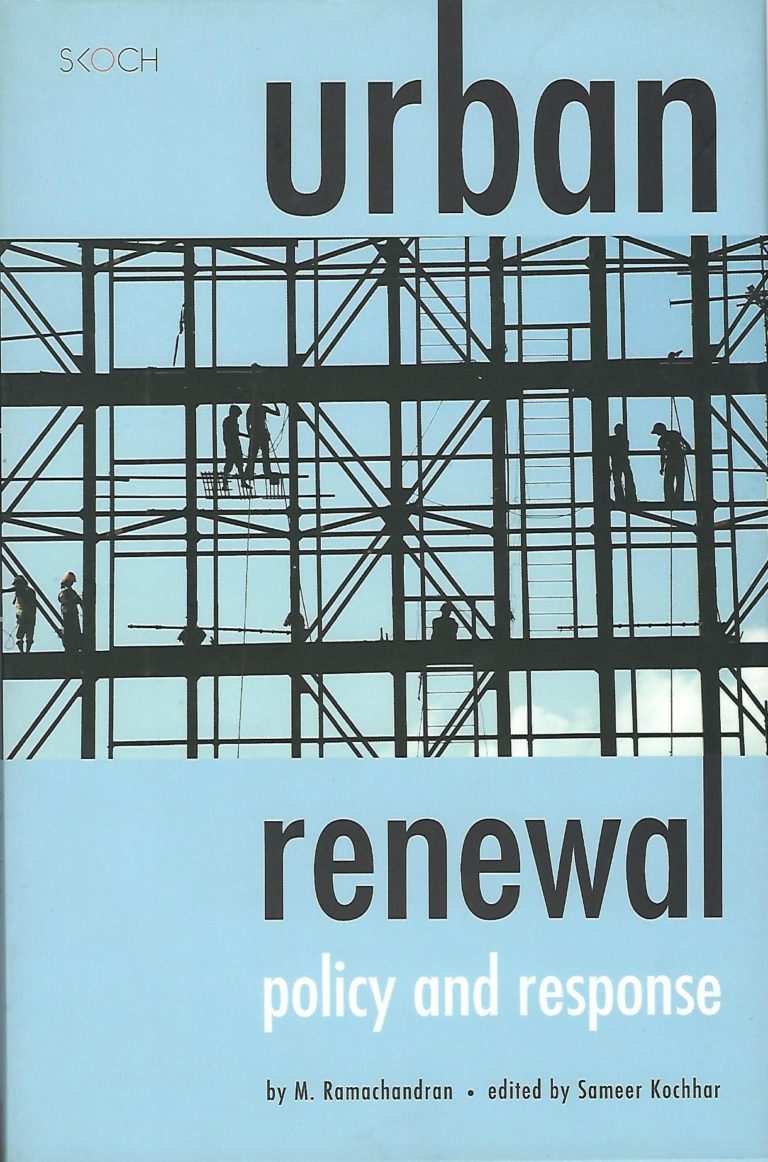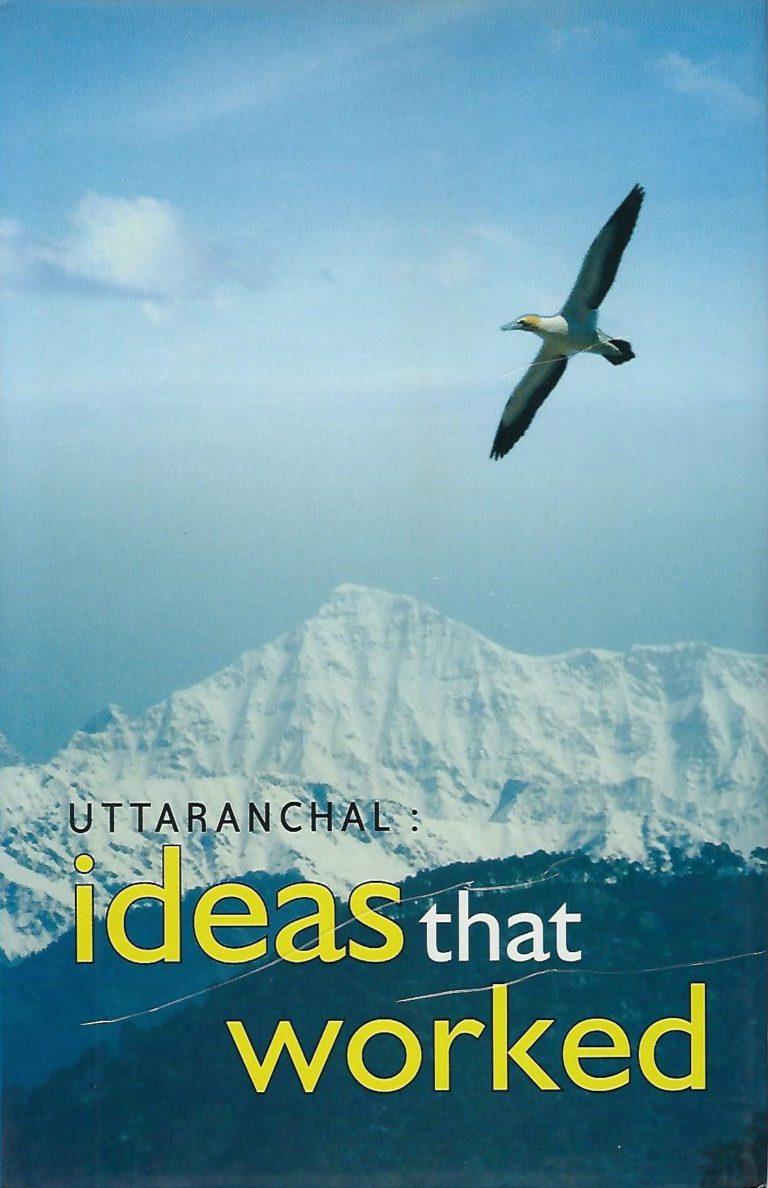2021
In this book, I have put together my understanding of the issues involved in ensuring hassle-free governance and delivery at the ground level. I do hope this book will further contribute to the challenging task of making governance simple as well as meaningful to the common man in the fullest and most appropriate sense of the word.
2017
The Mavericks of Mussoorie is an inspiring look at how an Indian Administrative Service (IAS) officer, in his individual capacity, can work to influence and execute policies that make a positive contribution to the country. It is surprisingly honest in its acknowledgement of some of the pitfalls of the system and sets out clearly what needs to be done to bring out the full potential of the Civil Service. In this candid memoir M. Ramachandran opens up on how and why, despite a distinguished career, the post of Cabinet Secretary eluded him. This book unfolds what transpired and reveals what happens behind the scenes in Indian bureaucracy.
2016
Reforming Urban Transport in India is an attempt to take stock of the various issues our cities and towns are facing in the area of urban transport, efforts made and being made both at the policy level as well as the field level to address the problems, the ever increasing complexities of challenges in the area of urban mobility and some of the laudable initiatives on the ground to handle the problems. This book would be a valuable addition to the limited literature available on the subject of urban transport in India. The topic has not attained much prominence even in the broader discussions on the transport sector issues in the country. The fact that we address our urban transport issues in a casual manner but there is need to take them up in a focused and purposeful manner and this can no longer be delayed is probably the one loud message which is emerging out of this volume. The wealth of knowledge of the contributors, each one of them having huge experience behind them in this sector, makes the book a valuable addition to the literature and a helpful guide in policy discussions.
2014
With the number of cities and towns going up to about 8,000 now, both the JnNURM and the 12th Five year Plan document focusing on India’s urban rejuvenation, and with the current focus on developing 100 smart cities, total sanitation for all houses by 2019, at least 500 habitations to be provided the basics and a new Mission on Low Cost Affordable Housing, there is a considerable interest among a cross section of society on understanding the complexities of urban India and the way forward. The book discusses these complexities and explains the possible strategies for their solution.
2012
Taking stock of the urban transport scenario in Indian cities, this is the first full-length study of the metro rail system in India. In recent times the metro rail has come up as a favoured alternative of mass transport in urban spaces faced with growing population, heightened vehicular traffic, and increased pollution. Using data, analysis, and first-hand information, this book tells the story of metro rail as proposed and undertaken across Indiafrom Kolkata in the east and Mumbai in the west to Delhi and Jaipur in the north and Chennai, Bangalore, Hyderabad, and Kochi in the south. Focusing on the complexities of project planning and contrasting the Indian experience with those of its global counterparts, this volume distils important lessons for future infrastructure projects. While the metro rail system has considerably improved inter-city connectivity, the metro story in India is an ongoing one. With a Foreword by E. Sreedharan setting the stage, this volume will appeal to anybody keen to know more about urban transport in India, as well as policymakers, management professionals, students and researchers of economics and business studies.
2010
Building from the Bottom: Infrastructure and Poverty Alleviation provides critical insights into infrastructure governance from different angles -policy making, urban and rural aspects, technology, connectivity, capacity building and participation. Some of the most distinguished scholars and practitioners have contributed to this
volume that encapsulates the key issues in mainstreaming poverty
alleviation strategies in infrastructure programmes. Some important questions it seeks to answer are: How can we ensure nfrastructure
access and affordability for the poor? What are the implications for development planning and decision-making processes? What are the financing options? The book also contains a number of best practice case studies to reflect community participation, innovation and commitment, all vital ingredients to the process of building from the bottom.
The book will serve as a useful reference and planning tool for
administrators, planners, policymakers and researchers of development economics.
2010
This book provides details of each and every station with their classification, commencement date, location, facilities available, frequency of train services, availability of parking, footfalls received at the station etc. Besides this, it would give one an insight into the locality in which the station is situated with landmarks nearby viz. educational institutions, religious places, sports centres, health institutions, places of historical & tourist interest, etc. I place on record my appreciation for the hard work put in by Shri Vikas Kumar, GM, Operations, DMRC in compiling the data/information and organizing the structure of this publication. Delhi Metro stations are integrated with other modes of transport as well and this book covers availability of these transport modes be it road or rail based.
This publication is a valuable guide to metro users and visitors.
2009
The Indian Government took thee historic step of launching the Jawaharlal Nehru National Urban
Renewal (JNNURM) in December 2005 with a view to give fillip to urban infrastructure development in 65 major cities by mobilising Rs.50,000 crore from the Central budget and by getting a matching Rs.50,000 crore from the State governments and the
Urban Local Bodies (ULBs). The response to JNNURM has been very good. As a consequence projects costing Rs.95,385 crore have already been sanctioned and are under various stages of implementation. This book reveals the nuances and thinking behind the JNNURM, its implementation and status on the ground and suggests the way forward. The current urban reform process undoubtedly offers tremendous opportunities to rethink economic and development priorities. This book is timely given the re-affirmed commitment of the government to urban development. It is an essential read for all interested in policy, planning, urban development and renewal issues.
2009
Public projects in developing countries have invariably been associated with delays, cost and time overruns besides being labeled sub-optimal or unviable. Why is it that these public projects, critical of the achievement of planned developmental objectives, fail to succeed? Where does the fault lie? What needs to be done? An Alternative Approach to Project Planning in Public Works: The Indian Context identifies and addresses contextual problem areas holistically and proposes alternative approaches that have the potential of improving the overall project planning process to keep pace with ever-rising public expectations and calibrated to the strategic goals of public policy. Although the settings are predominantly Indian, a majority of issues are relevant to the developing world.
2005
The Department of Administrative Reforms in the Government of India has published a book with the title ‘Ideas that have worked’. The book published by the Government of India contains write-ups of many distinguished scholars in their specific fields. We thought it appropriate to publish a similar book containing success stories and the innovative works done by different Ministries in Uttachandral. The objective of the book is to highlight the initiatives taken by the State machinery so that the common man get a full idea of the vision of the state government and the new initiatives being taken. The topics included in the book are important for administrators and development functionaries, who may be encouraged to make their own contribution for the development of the State. We welcome new and positive ideas and comments from the well wishers of the State.
